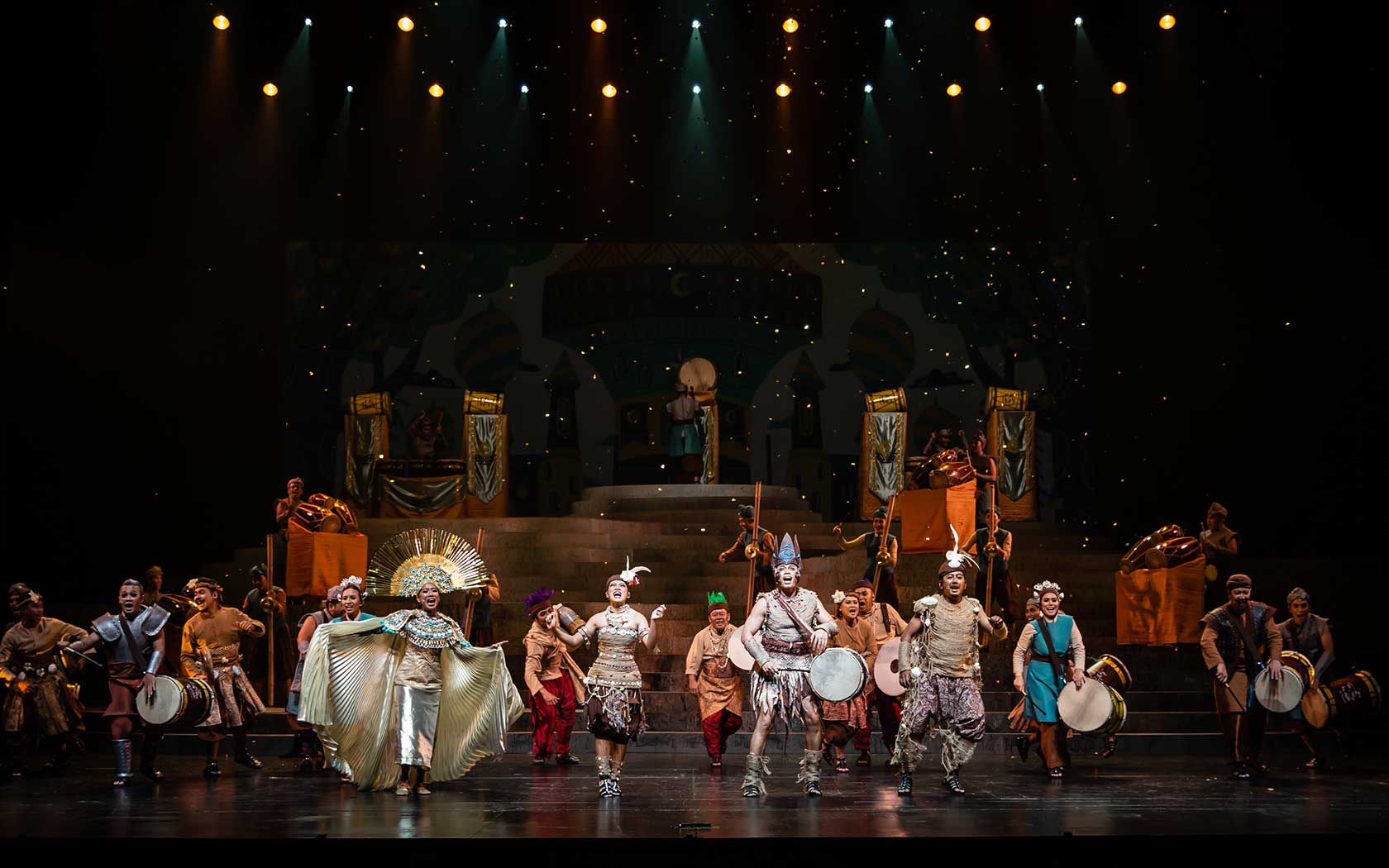We use cookies to improve your experience on our site. To find out more, read our data protection and cookie policy. By using our site, you agree to our use of cookies. Close to continue browsing.
Esplanade Presents
Songs of the Life of Guru Nanak
14 Apr 2024, Sun, 7.45pm
(Intermission: None)
DBS Foundation Outdoor Theatre at Esplanade
This event is over.

This event is over.
Embark on a musical exploration of the life of Guru Nanak, the founder of the Sikh faith. Be serenaded by tales of the divine Guru who changed the fabric of the land he set foot on, presented by devotees of the Gurmat Sangeet Academy.
“Whosoever listens to kirtan or sings kirtan of Hari shall be free of all ills.”
– Guru Granth Shahib
In Sikh tradition, no ceremony, occasion or event is complete without the singing of kirtan, which is a devotional hymn in praise of God. A recognised form of congregational prayer, it has, according to the scriptures, the ability to cleanse the mind of all impurities physical and sensual; liberate one from the yoke of time and death; cast away disease, sorrow and suffering; and bring peace and bliss.
Understanding the Sikh religion
In Punjabi, the word “sikh” means “disciple”, and central to the faith is the relationship between the Sikh and his master, who guides him through the teachings and writings of the 10 Gurus. Sikhism is rooted in oneness and love, and encourages a life of servitude and spirituality. It is the belief that to lead a good life, one must work hard and live honestly, treat everyone equally, serve others, be generous to the less fortunate, and keep God close in the heart and mind, at all times.
Hymns of Praise
Music is a central part of worship, with the religion’s 16th century founders being skilled poets, composers and musicians. The foremost of them was Guru Nanak, who wrote his teachings and revelations in poems, which he sang with his companion Bhai Mardana, a bard who played the rabab (a plucked string instrument).
Over time, Guru Nanak's hymns as well as those of his nine successors were compiled into what became the Guru Granth Sahib, the sacred scripture of the Sikhs. In the book, the hymns of the Gurus are grouped under 31 raags or ragas, which are modes characterised by a specific series of notes and path melodies. Each raga has a name, an associated time of day or year when it is best performed, and a specific emotion it is meant to induce.
In the hands of his spiritual successors and devout Sikhs, this musical tradition flourished as a means of spiritual elevation as they created and developed new ragas, styles and musical instruments. Continuing the tradition, the singing and contemplation of these hymns occur day and night at Sikh temples all over the world.
Seats are available on a first-come, first-served basis.
Gurmat Sangeet Academy at the Sikh Centre
YouTube | Facebook | Instagram
Established in 1999, the Gurmat Sangeet Academy is a not-for-profit school for Sikh music, dedicated to raising awareness of kirtans (Sikh hymns) and katha (discourse) through education, performance and outreach. Open to all ages and musicians of all backgrounds, the academy also teaches stringed and percussive instruments that feature in Sikh music, such as the taus, sarangi, dilruba, tabla and jori.
For this performance, students and alumni of the academy, led by champions of the Gurmat Sangeet Competition 2023, present musical compositions by instructors Arvinder Singh who has taught for over 15 years, and Gurminder Singh who trained at the renowned Jawaddi Taksal school of music. The performance is choreographed and produced by the academy’s Head of Music, Rajeshpal Singh.
14 Apr 2024, Sun
7.45pm
Become a member

Great arts experiences begin with Esplanade&Me. Join this membership to enjoy ticket specials on shows at Esplanade, early bird specials, promotions at Esplanade Mall, unlimited access to Offstage and more.

Never miss a show again. Get on our mailing list.
- Songs of the Life of Guru Nanak










